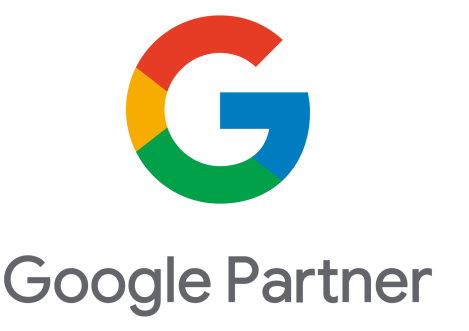7 Reasons Your Website Has a High Bounce Rate
This blog post was written by:
Three Minute Read
Have you ever visited a website and then quickly realised it hasn’t got what you want, so you leave again without visiting another page? That’s a bounce, and having that happen too often to your website can affect its Google ranking. We’ve compiled a helpful list of reasons why people might be ‘bouncing’ from your website and damaging its Google ranking. Make sure to identify where your website might be going wrong…
1. Images Don’t Load
Images play a huge part in user engagement when it comes to a website, and images that take a long time to load or are simply broken will turn people away very quickly. In fact, studies have shown
that websites with images get 94% more total views than those that don’t! Images need to be compressed correctly before being uploaded, or else you might ruin the user experience.
2. Slow Loading Pages
Load speeds don’t just mean images. If someone clicks onto your website and is met with a page that loads slowly, they’ll click away and find one that’s faster. Competition for Google’s rankings is high and the visitor knows that they’ll be able to find a faster website in a matter of seconds if yours is under-performing. In fact, 2 seconds is considered the average load speed and anything over 6 is likely to cause someone to immediately click away.
3. No Follow-up Content
Even if your initial page is fantastic and the visitor finds exactly what they’re looking for, if there’s nothing else to spark their interest, they’ll leave regardless. Including links to additional and interesting content helps to prove your website has more to say and, indeed, lots to say that’s valid.
4. External Links Opening in the Same Tab
This one is easily overlooked and has nothing to do with your content. A well-placed link can help a visitor find additional information about the subject they’re searching for. However, a lot of the time, when uploading content to your website, you’ll have to tick a box to have that link open in a different tab. The problem with it opening in the same tab is that it takes them away from your website to a new one and the chances of them returning are slim. Opening new content in a new tab keeps your website open, making returning far more convenient and also not recording a bounce on your analytics. Win-win!
5. Misleading Headlines
Metadata is very important to search engines - it helps the search engine by displaying a title and meta description of the page’s content, allowing the search engine to adequately place it. Ensure that your content matches your headline, rather than using a snappy headline to try and bait a few clicks, or you’ll see people bouncing off your page when they discover it wasn’t what they were after.
6. Using CTAs Effectively
Call-to-actions are a vital part of any visitor’s journey through your website. As an interactive part of your website, they help to engage your visitors. Using CTAs effectively can dramatically assist in the navigation of your website, allowing you to control the path the visitor takes. You can direct them back to your own content and guide them further into your website.
7. Bad Content
This one is simple and hopefully the most obvious. Bad content can turn people away from your website immediately - spelling errors, grammatical mistakes and more can all make your website appear amateurish or sloppily put together. A simple spell-checker can really go a long way when it comes to making your website presentable.
Bounce rates can be critical in Google deciding where you should rank in the search engine. For more information on how bounce rates can affect your website placement, make sure to read Digity’s official blog. If you have a website that needs optimising or you’re concerned about your bounce rate, get in touch on 01189 100 012 or email on hello@digity.co.uk.




